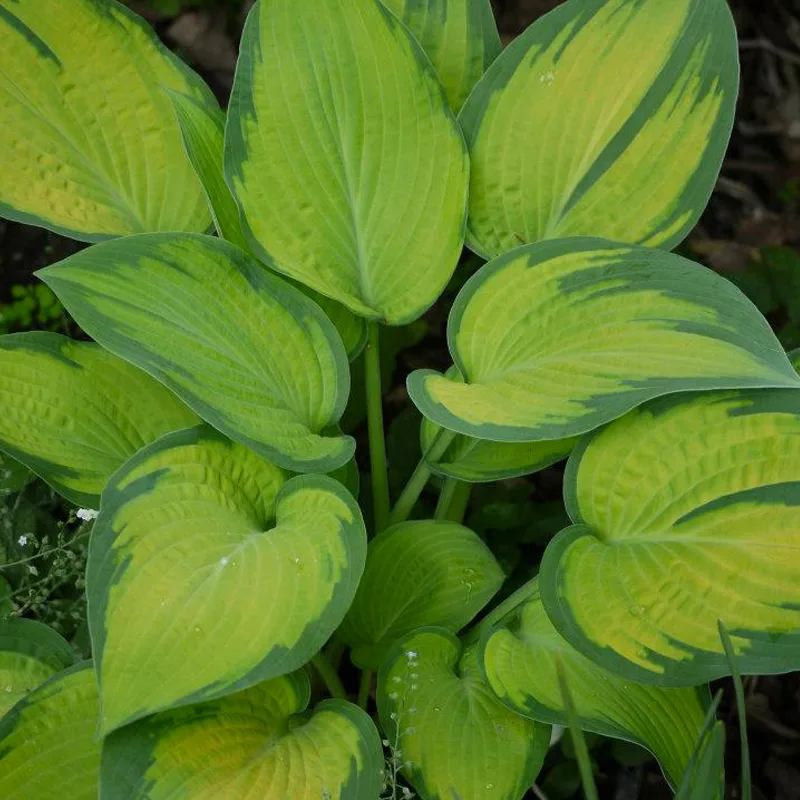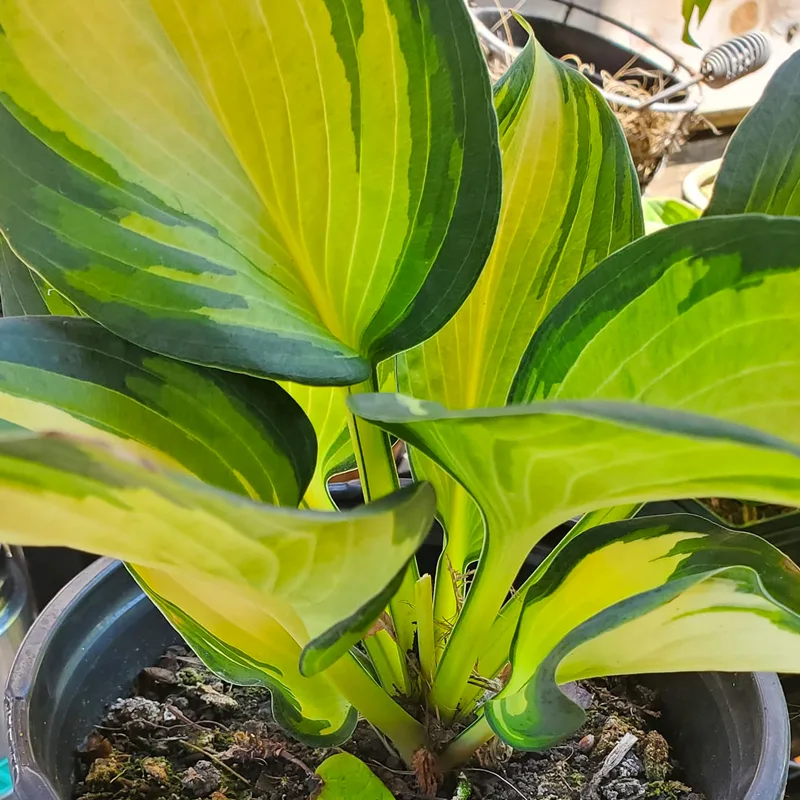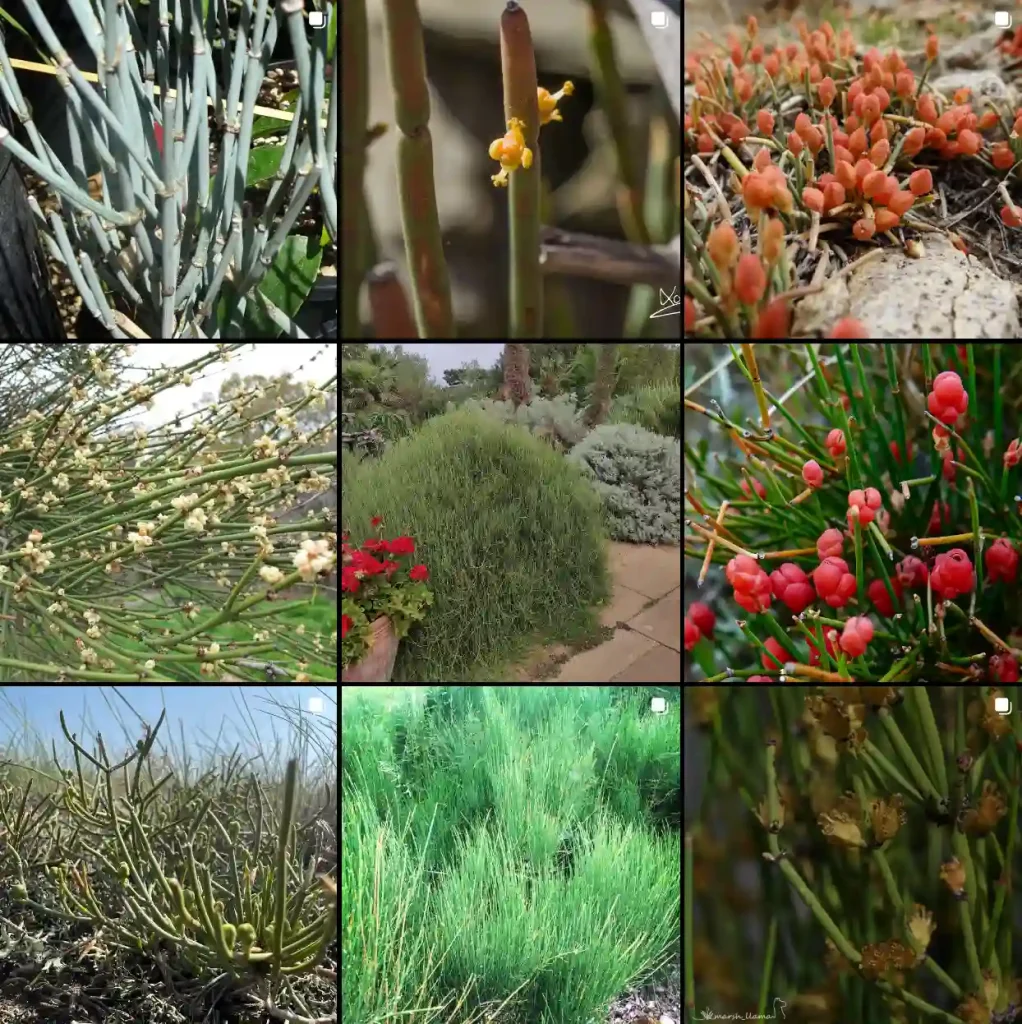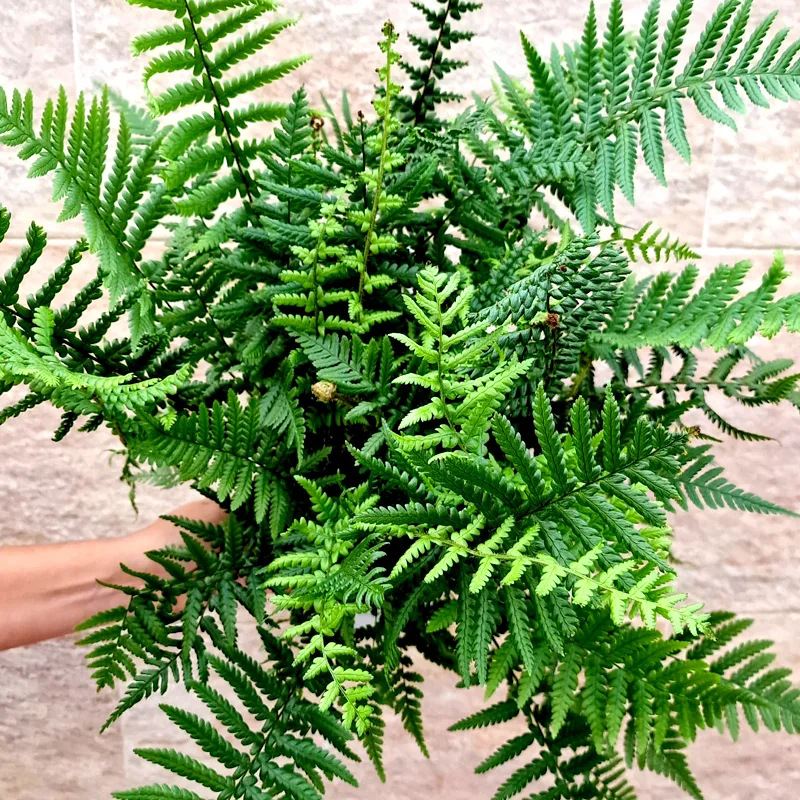Frosted Violet Heuchera: An FAQ for Gardeners
Hi, I’m Ferb Vu, and I’m here to answer your burning questions about Heuchera Frosted Violet, a perennial that adds a touch of magic to any shade garden.
This Heuchera cultivar boasts stunning foliage with a captivating interplay of colors. Let’s delve into what makes it special.
What Makes Heuchera Frosted Violet Stand Out?
The Frosted Violet Heuchera’s primary claim to fame is its mesmerizing foliage. The lobed leaves are a rich violet-burgundy, accented by darker veins that weave a dramatic pattern. But that’s not all. A delicate silver overlay frosts the leaves, adding a touch of whimsy and a metallic sheen thanks to a fine fuzz.
This color combination shifts throughout the seasons. In spring and fall, the purple tones are most vibrant. Summer brings a subtle shift, with the leaves taking on a cooler, bluish-green cast. This dynamic color play makes the Frosted Violet Heuchera a true garden chameleon.
How to Care for Heuchera Frosted Violet?
Sun Exposure: Frosted Violet Heucheras are happiest in part shade to full shade. They can tolerate some morning sun, but harsh afternoon sun can scorch the leaves.
Soil: Aim for well-drained, organically rich soil with good moisture retention. Amend clay soils with compost or other organic matter to improve drainage.
Watering: Water regularly, especially during the first growing season, to establish a strong root system. Aim to keep the soil consistently moist but not soggy.
Fertilizing: A light application of balanced fertilizer in spring is beneficial. However, Frosted Violet Heucheras are not heavy feeders, so avoid over-fertilizing, which can encourage excessive foliage growth at the expense of flowers.
Does Heuchera Frosted Violet Flower?
Yes, Frosted Violet Heucheras produce delicate white flower spikes that rise above the foliage in late spring. While the flowers themselves are small and subtle, they add a touch of whimsy and attract pollinators like butterflies.
Deadheading: You can deadhead spent flower spikes to encourage the plant to focus its energy on foliage production. Simply pinch off the flower stalks at their base after the blooms fade.
How Big Does Frosted Violet Heuchera Get?
Frosted Violet Heucheras are considered medium-sized perennials. They mature to a height of 12-18 inches with a spread of 18-24 inches, forming a dense, clumping mound.
Common Problems with Frosted Violet Heuchera
Frosted Violet Heucheras are generally low-maintenance and disease-resistant. However, they can be susceptible to:
- Powdery mildew: This fungal disease appears as white powdery spots on the leaves. Improve air circulation by thinning overcrowded plants and avoid overhead watering.
- Rust: Rust appears as orange or yellow pustules on the undersides of leaves. Remove infected foliage and improve air circulation.
- Foliar nematodes: These microscopic worms cause distorted and stunted leaves. In severe cases, insecticidal control may be necessary.
Winter Care for Frosted Violet Heuchera
Frosted Violet Heucheras are cold-hardy down to USDA zones 4-9. In colder climates, mulch the plants with a layer of leaves or evergreen boughs in late fall to protect the crown from harsh winter temperatures.
Propagating Frosted Violet Heuchera
There are two main ways to propagate Frosted Violet Heucheras:
- Division: Divide established clumps in early spring or fall. Dig up the plant and carefully separate it into sections, each with healthy roots and crowns. Replant the divisions in prepared soil.
- Crown Cuttings: Take crown cuttings in early spring. Cut off sections of the crown with at least two or three buds. Plant the cuttings in pots filled with a well-draining potting mix and keep them moist until they establish roots.
Companion Plants for Frosted Violet Heuchera
Frosted Violet Heucheras play well with others, making them ideal for mixed shade borders. Here are some great companion plants:
- Hostas: Their contrasting foliage textures and color palettes create a stunning combination.
- Ferns: Ferns add a lush, textured feel to the shade garden and complement the delicate look of Frosted Violet Heuchera.
- Astilbes: These shade-loving perennials offer vibrant blooms in pink, white, or lavender, adding a touch of vertical interest to the border.
- Caladiums: The vibrant foliage of Caladiums adds a touch of the tropics to the shade garden and complements the cool tones of Frosted Violet Heuchera.
Frosted Violet Heuchera vs. Other Heuchera Cultivars
With over 50 cultivars to choose from, Heuchera offers a dazzling array of colors and textures. Here’s how Frosted Violet Heuchera compares to some popular varieties:
- Heuchera ‘Georgia Peach’: This Heuchera boasts vibrant peachy-orange foliage that brings a sunny touch to the shade garden. While Frosted Violet Heuchera offers cool tones, Georgia Peach provides a warm contrast, perfect for creating a dynamic color scheme.
- Heuchera ‘Obsidian’: This cultivar is a standout for its near-black foliage. Planted alongside Frosted Violet Heuchera, the dramatic contrast creates a bold statement in the shade.
- Heuchera ‘Melting Metal’: This Heuchera lives up to its name with silvery-gray foliage that shimmers in the sunlight. Planted together, Frosted Violet Heuchera and Melting Metal create a mesmerizing textural display.
- Heuchera sanguinea ‘Miniature Doll’: This Heuchera features compact, scalloped, deep red leaves. Compared to the larger size and cooler tones of Frosted Violet Heuchera, Miniature Doll adds a pop of color and a touch of whimsy to the border.
Ultimately, the best Heuchera cultivar for your garden depends on your desired color scheme, plant size, and overall garden style. Frosted Violet Heuchera’s versatility allows it to blend seamlessly with various companions, making it a valuable addition to any shade lover’s palette.
Conclusion
Frosted Violet Heuchera is a captivating perennial that adds a touch of magic to the shade garden. Its stunning foliage, easy care requirements, and versatility make it a favorite among gardeners. With proper planting and care, this Heuchera cultivar will reward you with years of beauty and intrigue. So, happy planting!
If i die, water my plants!



